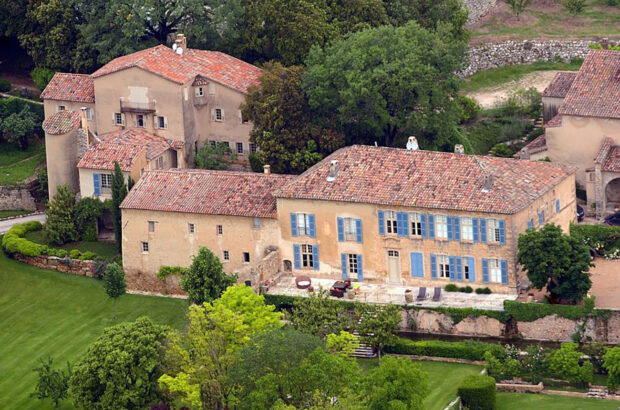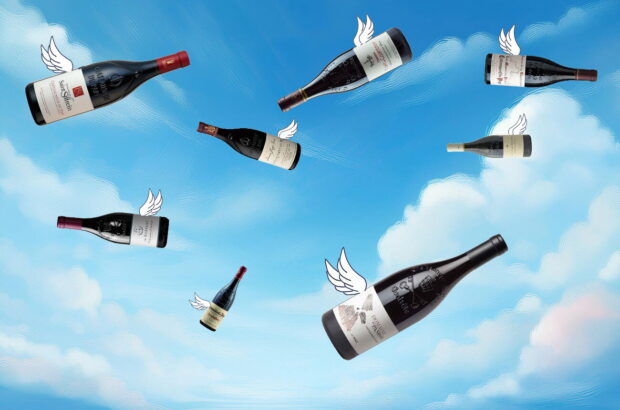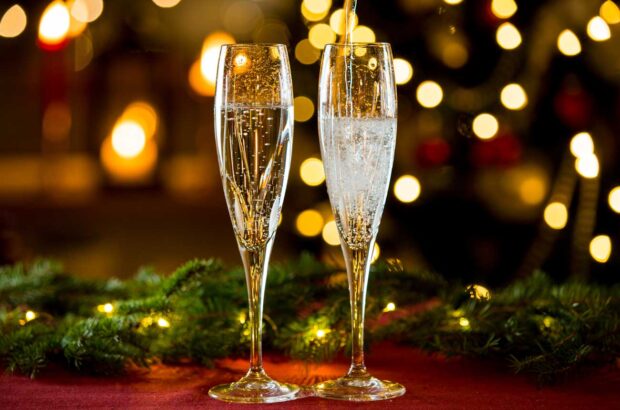This year's winner of the Decanter World Wine Awards International Trophy for the Best in Show Sparkling Under £15 went to Valdivieso, Blanc de Blancs Brut NV, Chile.
Valdivieso, Blanc de Blancs Brut, Chile NV (11.9%)
Chalky, crushed oyster shell supported by lush, juicy fruit, showing good depth of flavour and a crisp finish. Fine, developed aromas of honeycomb with earthy touches are complemented by a brioche character.
UK £13; Bib
Tasted against the other Regional Trophies • Reyes de Aragon, Selección Familiar Brut Nature, Cava, Spain NV
In a duel between a Chilean fizz made in the style of classic blanc de blancs Champagne and a Spanish Brut Nature Cava, the former took the crown for its New World take on an Old World favourite. It demonstrates how top quality needn’t necessarily be accompanied by a hefty price tag.
In 1964, when General Charles de Gaulle came to dinner, the Chilean President Jorge Alessandri served him sparkling wine, Chile’s finest: Valdivieso Brut 1952.
It’s easy to forget, but Chile has a fair bit of history when it comes to fizz. Champagne Valdivieso was founded in 1879. It was only much later – in the late 1980s and early 1990s – that the company’s (now more visible) still-wine enterprise was launched. Today, as Chilean sparkling wine undergoes something of a renaissance, it’s worth remembering those solid foundations.
Experience counts for a lot when it comes to crafting top-quality, traditional-method sparkling wine – clearly evident here. Valdivieso head winemaker, Brett Jackson quietly confides that the sparkling winemaker Eugenio Gómez is ‘old school’ and correspondingly exacting in his procedures in order to make a ‘classical, pure Chardonnay style’.
Our tasting panels repeatedly referred to this wine as ‘Champagne-esque’; one comment said the wine ‘wouldn’t look out of place in the Côte des Blancs’. Yet this was fruit from pre-Andean sites in Rapel and Curicó, plus coastal Casablanca. The wine was left three years on the lees in bottle (the base wine is 2009) to develop that refined yeasty, bready character, underscored by vibrant Chardonnay purity and vigour.
The result is a wine well worth toasting.
Peter Richards MW
Written by Decanter







